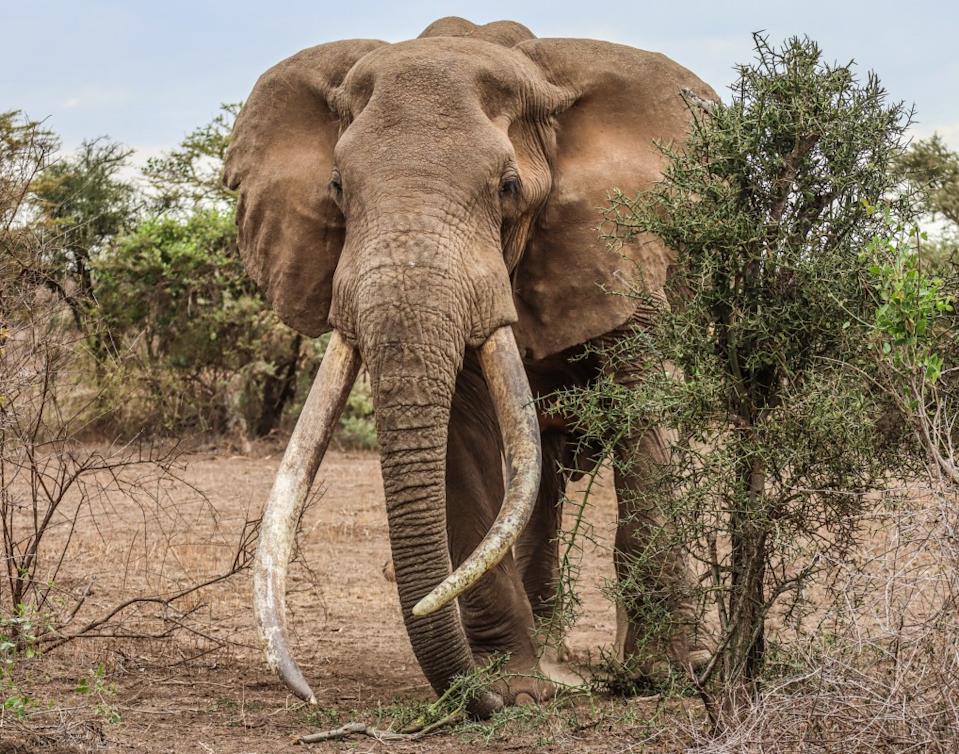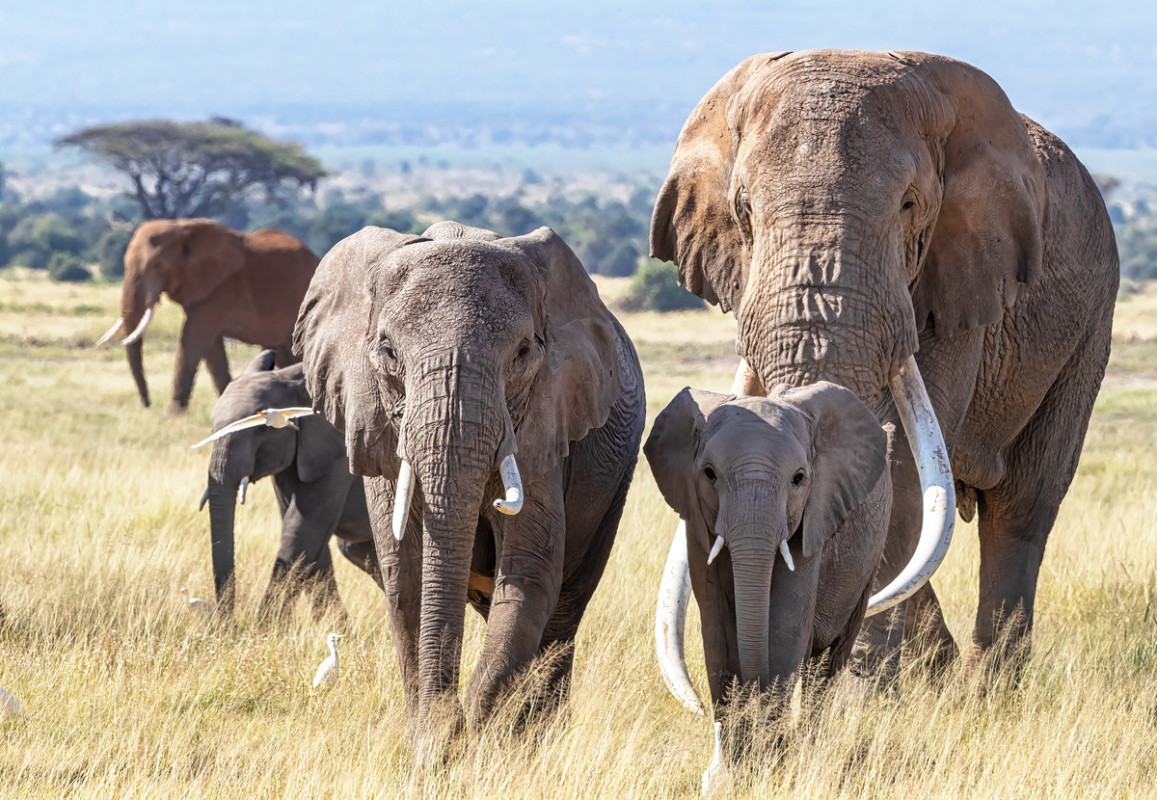Baby animals share many similarities with human babies. Baby chimpanzees will cry when their needs aren’t being met. All babies love to cuddle up with their moms and look to them for protection. And when baby elephants’ tusks begin to grow, they try to soothe them, much like a human infant when they begin to teethe.
Wildlife Rescuers shared a video on TikTok at the beginning of April of a little elephant trying to soothe their aching tusks. I’ll admit the cutest part of this video is the elephant’s crazy hair, but it’s also pretty cool to watch the elephant find some relief by rubbing their new tusks on a table, hoping to ease the ache.
I hope the sweet little elephant found some relief! Commenters were just as smitten with the adorable baby elephant as I was. @painnogain_emo swooned, “So freaking cute!!!!” @Dede Bencruscutto shared, “Awwwwww What a sweetie!” @G1ll14N added, “His lil’ hairdo!! Beyond gorgeous, little one!”
Wildlife Rescuers shared in the video’s caption, “Just like a human baby soothes teething gums, a baby elephant finds comfort as its tiny tusks begin to grow. It may gently rub them against tree trunks or even suck on its own trunk to ease the discomfort. It’s an adorable and touching reminder of how animals, even giants like elephants, share some of the same early struggles we do.”
Related: San Diego Zoo Shows off Baby Elephant’s Cute Antics & People Can’t Get Enough
When Do Elephants Get Their Tusks?
This video made me wonder, how old are elephants when their tusks begin to grow? Tsavo Trust, a not-for-profit conservation agency in Kenya, shared the answer.
“Baby elephants are born with a dental structure known as a ‘tush.’ While similar in composition to tusks, tushes are much smaller, reaching a maximum length of 5 cm (about 2 inches). Essentially, these tushes are the equivalent of a baby elephant’s ‘milk teeth.’ Scientists believe that tushes serve no functional purpose other than providing guidance and orientation for the growth of their adult tusks.”
The article explains that a baby’s tusks start to grow around 2 years of age. “Once the adult tusks emerge, they continue to grow throughout the elephant’s lifetime, at an astounding rate of 7 inches per year, depending on the elephant’s diet. With a balanced diet, a long lifespan, and a touch of genetic luck, a baby elephant may eventually become a ‘super tusker,’ commanding the mating scene.”

Tsavo even said that some tusks get so long that they scrape the ground! Those with huge tusks are referred to as ‘big tuskers’. Sadly, due to poaching, there are only about 25 of them left in the world. Google some photos because they’re pretty cool to see!
